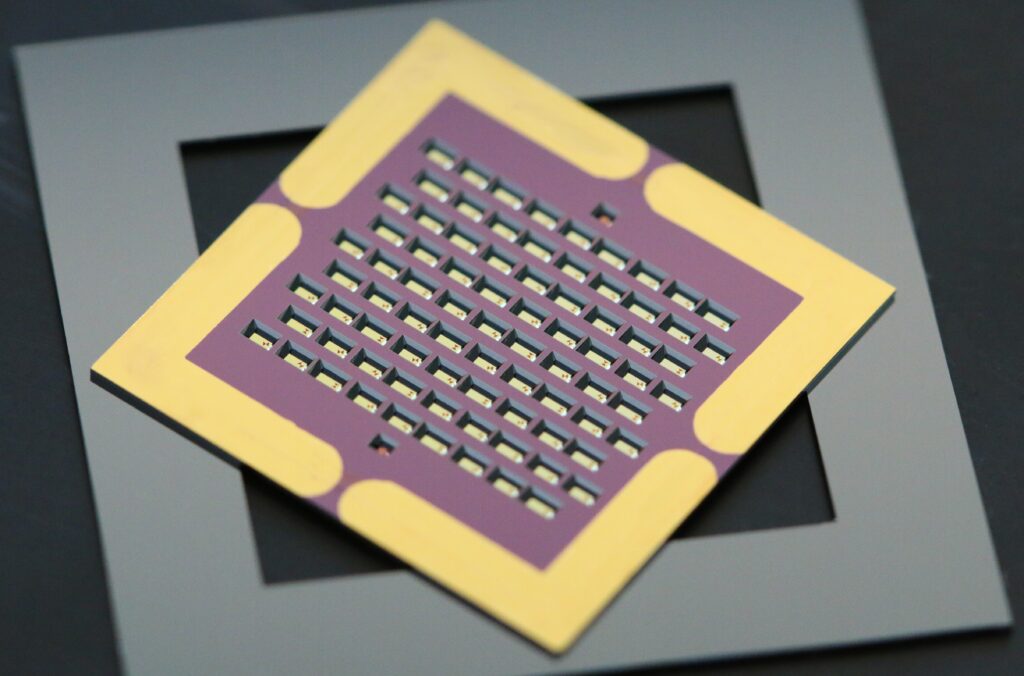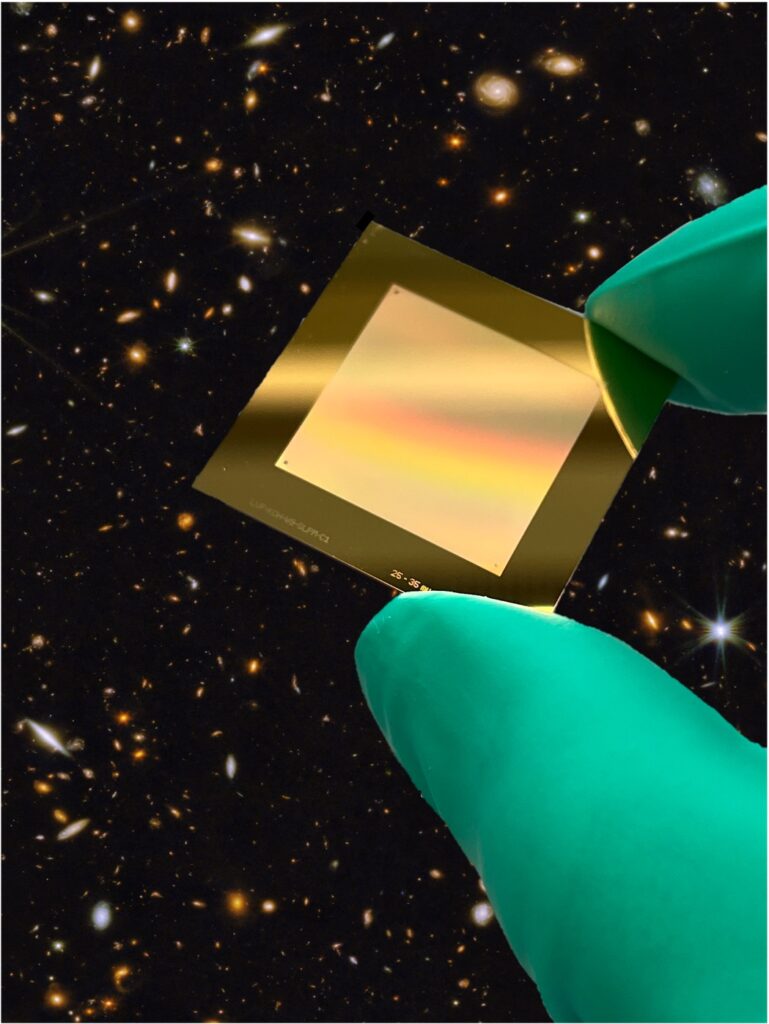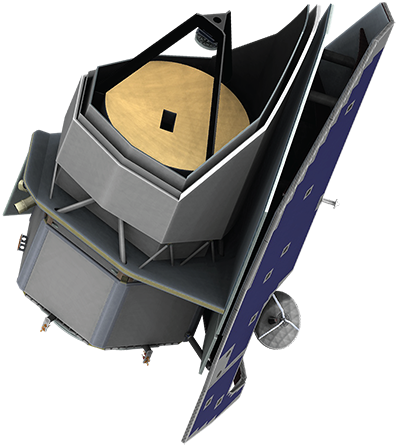Out of the eight projects that competed to become NASA’s Probe mission, only two remain. The Probe far-Infrared Mission for Astrophysics (PRIMA) and the Advanced X-ray Imaging Satellite (AXiS) have been selected for the second round. SRON delivers the detectors for PRIMA, developed together with TU Delft.
First group of candidates
In 2022, NASA issued a call for the so-called Probe mission, to which X-ray and far-infrared projects could apply. Five X-ray missions and three far-infrared missions (PRIMA, SALTUS, FIRSST) formed the first group of candidates. Now PRIMA and AXiS have made it to the phase-A study, in which they need to demonstrate that their mission will provide the most benefit to astronomy and is also achievable on time and within budget.

KID-detectoren
SRON competed in all three far-infrared proposals with its KID detectors, developed jointly with TU Delft. This involvement is due to their unparalleled sensitivity. Professor Jochem Baselmans (SRON/TU Delft) recently showed that his KIDs are sensitive enough to see the background radiation of the Universe. This means they have reached the limit of what is possible.
Terahertz gap
KID’s sensitivity makes it for the first time worthwhile to build a super cooled space mirror near absolute zero. Previous detectors were unable to exploit the benefits of such a valuable mirror. This led to the ‘Terahertz gap’ in astronomy. At this frequency—far-infrared—astronomers have barely begun to study the Universe. ‘With the combination of KIDs and a large cold mirror, we will see many things for the first time, for example the dust in the very first galaxies,’ says Baselmans. ‘And who knows what else. This part of the spectrum is one of the last unexplored areas in astronomy.’

lineair variabel kleurenfilter
‘When you develop detectors for a space mission, that also means extensive testing,’ says project leader Lorenza Ferrari (SRON). ‘That is why we are building a setup at SRON’s Groningen location in which the conditions of space are simulated, such as extreme cold and vacuum.’ Researcher Willem Jellema (SRON): ‘In addition to the KIDs, we also develop an optical component for PRIMA: a linear variable filter. That combination provides a very sensitive multi-color camera. The optics divide the light into a range of about twelve different colors. Because we know exactly how a KID works within an instrument, we can fine-tune it precisely.’
Following completion of the Phase A studies, NASA is expected to select one these two candidate missions for implementation early in 2026 with the final mission expected to launch in 2032.



